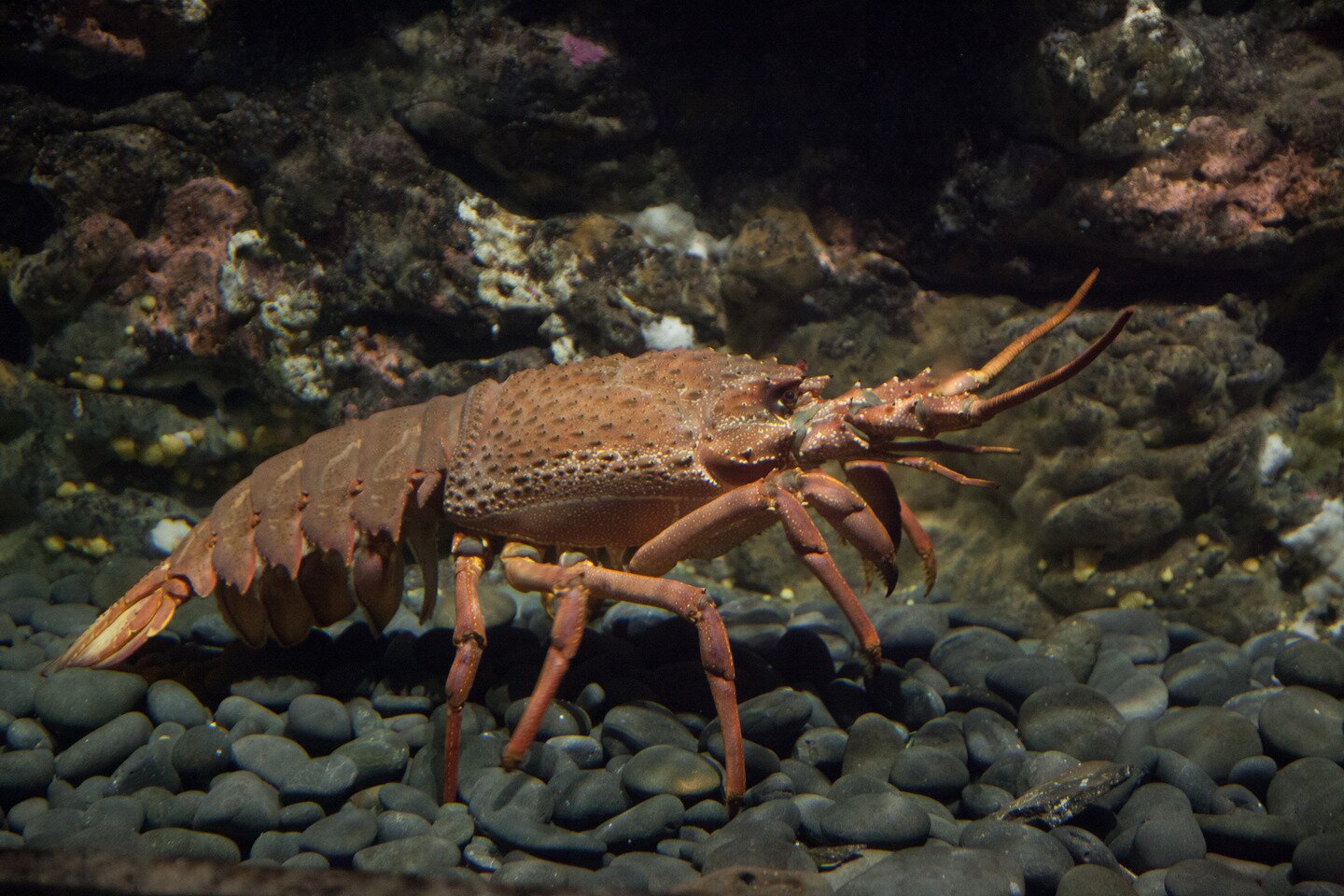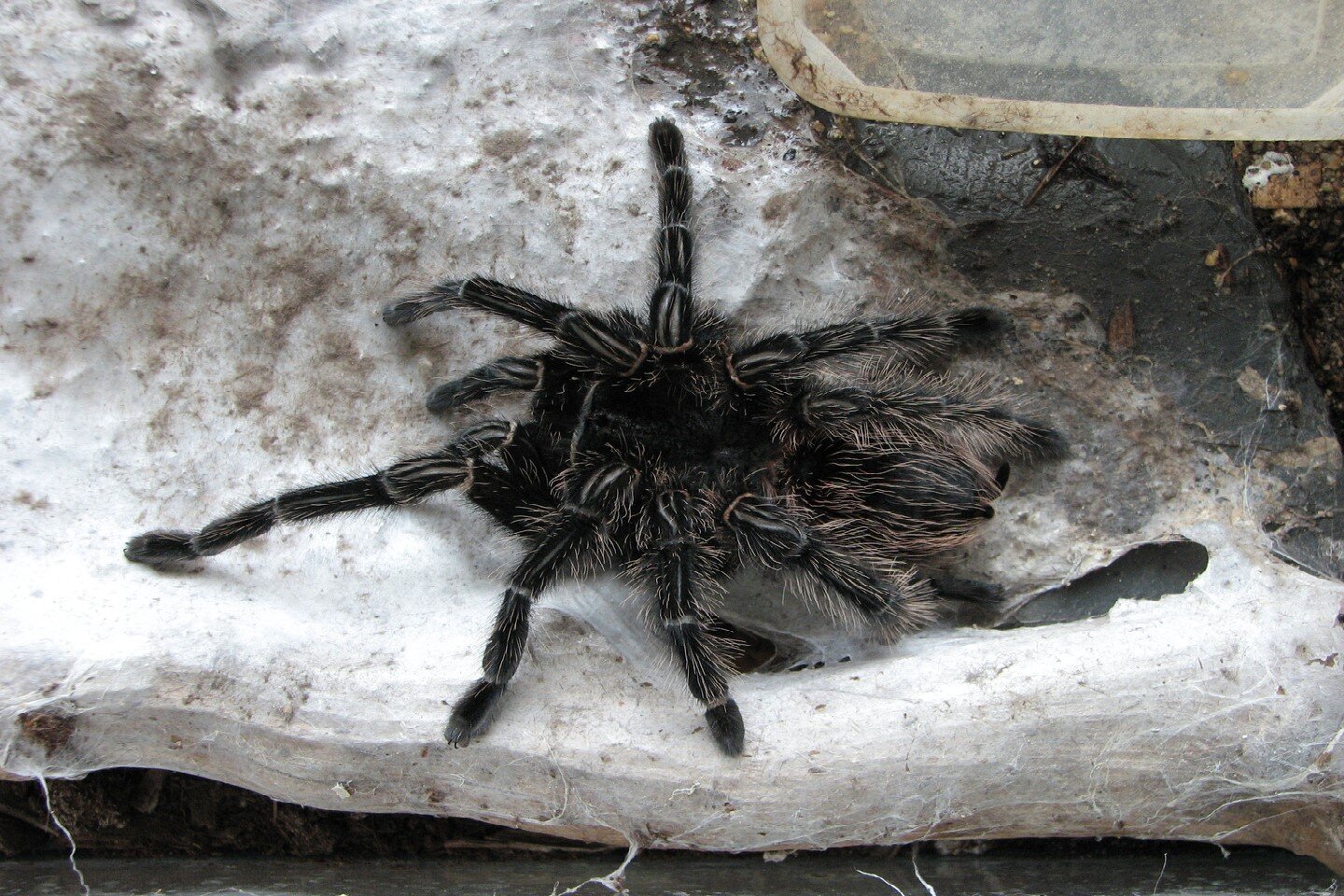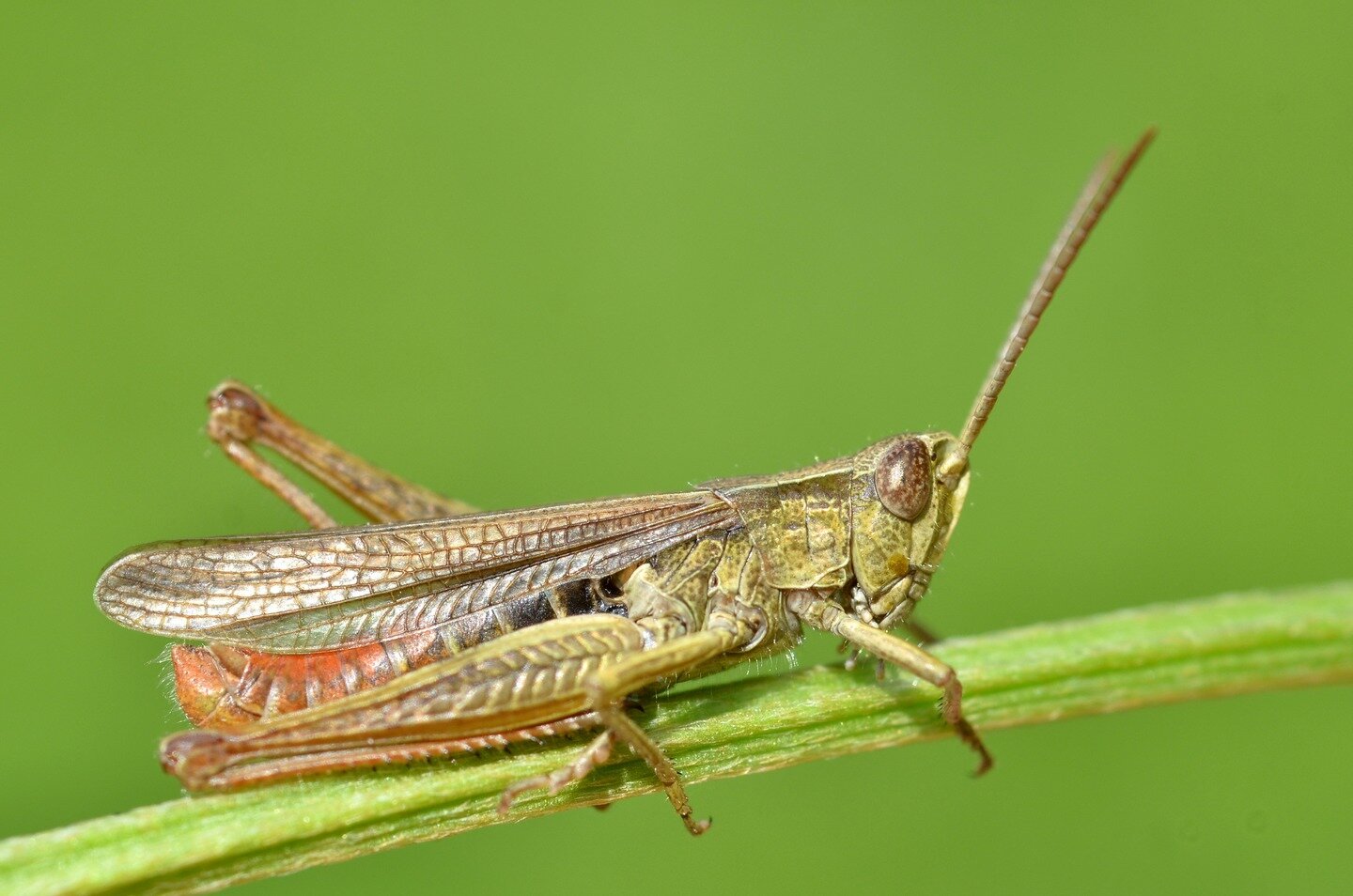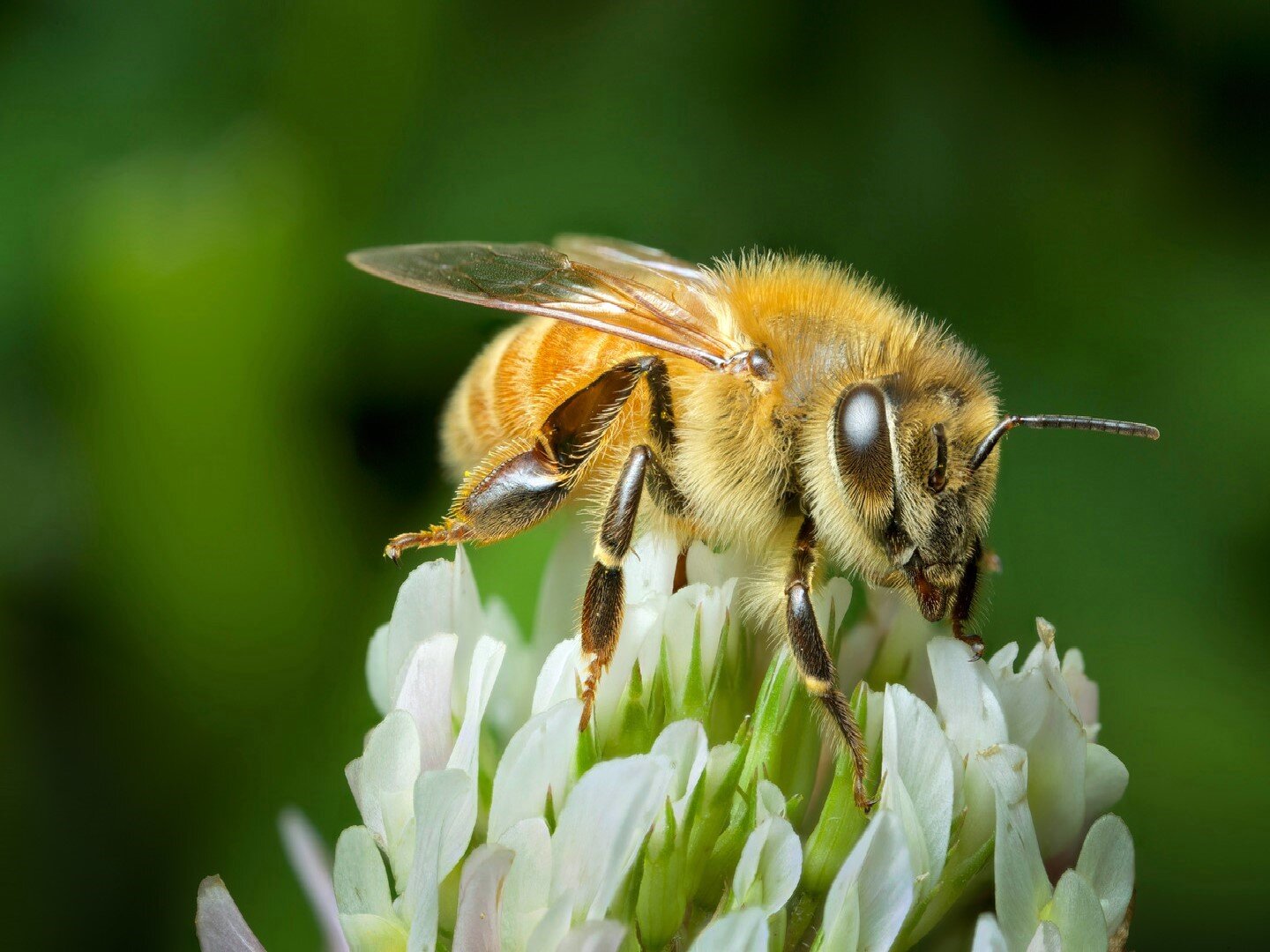Arthropods
what the basic life functions of organisms are;
what the most important internal structural characteristics are of selected groups of organisms.
to explain what the characteristic traits of arthropods are;
to divide arthropods into crustaceans, insects and i arachnids based on their appearance;
to describe the importance of arthropods.
Characteristics of arthropods
Arthropods are animals which have conquered all environments. They can be found in both the water and the air, as well as on land or in the soil. A special feature of arthropods is the way their legs are constructed, divided into segments which are linked with joints. Parts of their legs are used to move, and others are used, for example, to acquire and crush food. They also have limbs on their heads, called antennae. Arthropods can be divided into crustaceans (for example, crayfish, crabs and woodlice), arachnids (for example, spiders, ticks and scorpions) and insects (for example bees, ants and beetles).
Crustaceans inhabit all water environments, though woodlice can be found in damp places on land. The bodies of these animals are divided into a cephalothoraxcephalothorax and an abdomenabdomen. On the cephalothorax are antennae, eyes and a few pairs of legs.
As a rule, arachnids live on land, only a few live in water (where they breathe air). The bodies of arachnids are made up of a cephalothorax and an abdomen. They are equipped with several pairs of eyes, dental organs and four pairs of legs. Spiders are a group of arachnids which have spinnerets, which they use to produce silk spiderwebs with various uses. Some arachnids are poisonous, including scorpions and almost all spiders.
Insects live on land. Insects' bodies are made up of a head, a thorax and an abdomen. On their heads, they have antennae, eyes and mouthparts. The thorax is equipped with three pairs of legs, and most commonly, two pairs of wings. Certain insects, for example mosquitos, have one pair of wings, others, for example lice or fleas, are wingless.
Certain species of arthropod have an organ which produces venom. Their stings can be painful, and even dangerous to human life.
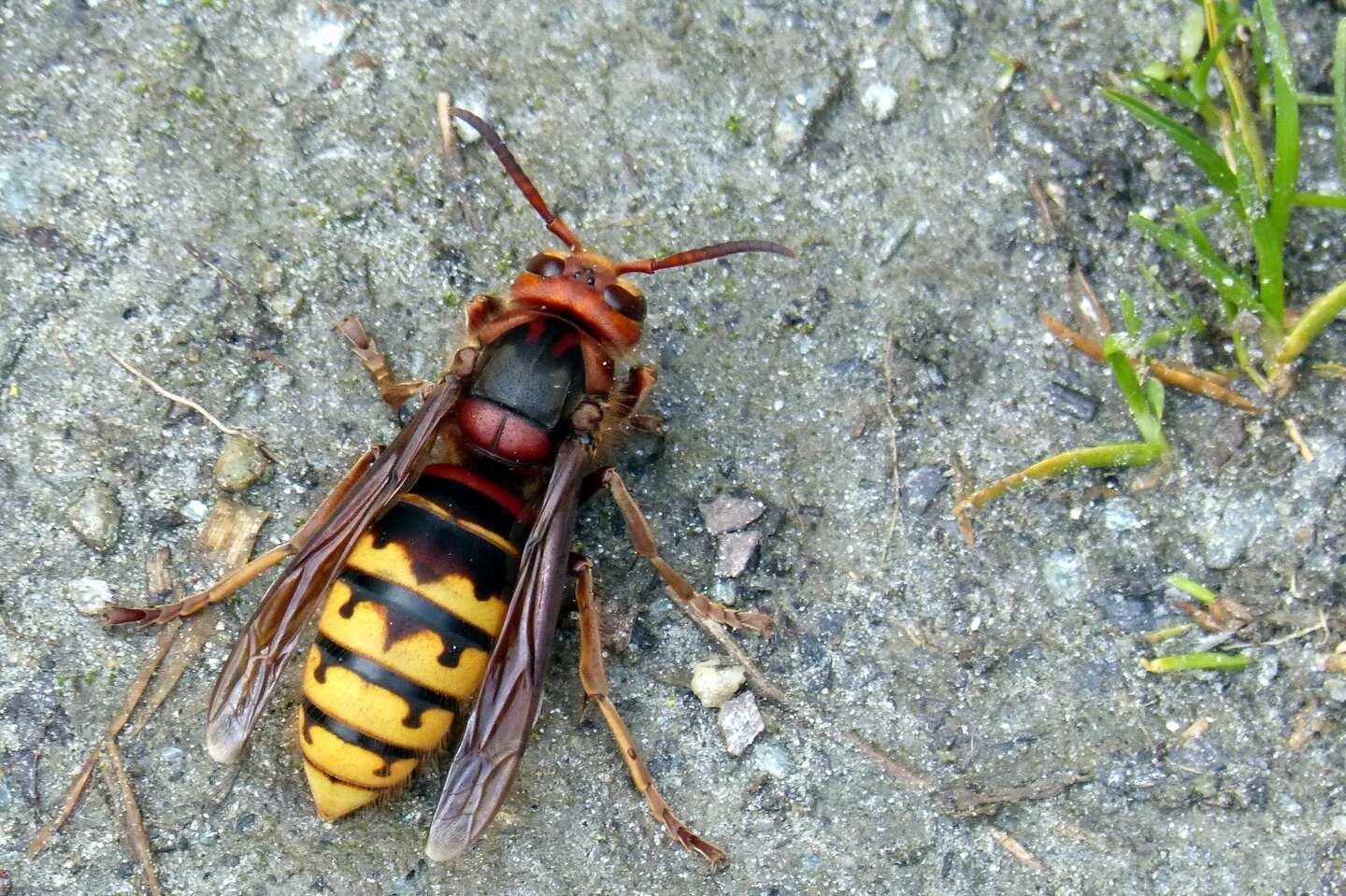
Mites are a very large group of microscopic arachnids. Some of them, known as dust mites, feed on the dead skin of animals and people, which accumulates in our homes. An accumulation of their droppings can be dangerous for people who suffer from allergies. This is why we should regularly clean and air out our homes.
The importance of insects
Arthropods are hugely important in nature. In both the seas and on land, they are an important component of every environment. They are a source of food for many animals, and they themselves feed on other organisms. They also play a hugely important role in the process of breaking down dead organic material. In this way, they clean the Earth's surface of carrion and mouldering plants.
Insects deserve particular attention. A large number of insects means that they are the largest consumers of plants. Herbivorous insects eat leaves, stems, flowers, fruit, seeds and roots. They themselves, however, are the staple food for many species of spiders, predatory insects and numerous vertebrates.
Insects play a huge role as pollinators. Most species of flowering plants are pollinated by insects – this also includes many species grown by man. The benefits of flowers being pollinated by bees are far greater than the value of the honey and wax and other products derived from bees. Certain insects, for example ants, collect seeds which they feed on. They lose some of them, leading to them being dispersed.
Another example of the usefulness of insects is silkworm breeding. Their larvae create cocoons constructed of one thin, strong thread – the raw material used to produce silk.

Summary
Arthropods are the most numerous group of animals in terms of species and specimens.
Arthropods can be divided into crustaceans, arachnids and insects.
Arthropods eat plants and animals. They themselves are also a staple food for many species of organisms.
The majority of species of flowering plants require the participation of insects in the pollination process.
Find out and write what importance bees' honey and wax have for humans, as well as the pollen they collect.
Keywords
insects, arachnids, arthropods, crustaceans
Match the pairs: English words with Polish definition.
przednia część ciała skorupiaków i pajęczaków powstała przez zrośnięcie się głowy i tułowia, tylna część ciała stawonogów, zawierająca większość narządów
| cephalothorax | |
| abdomen |
Glossary
głowotułów – przednia część ciała skorupiaków i pajęczaków powstała przez zrośnięcie się głowy i tułowia
odwłok – tylna część ciała stawonogów, zawierająca większość narządów
